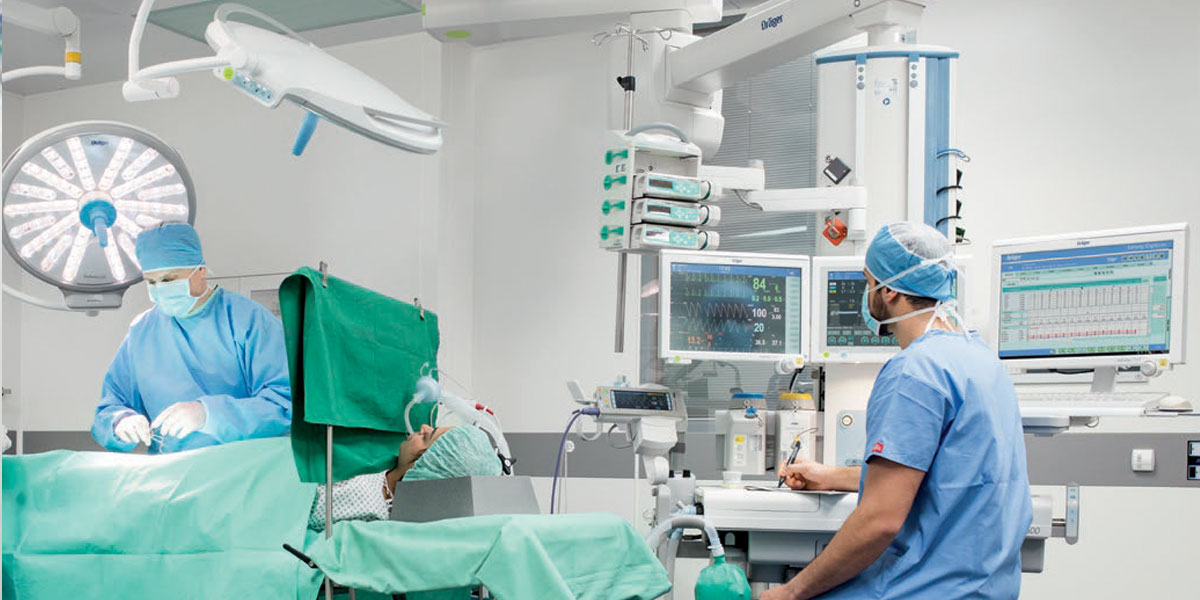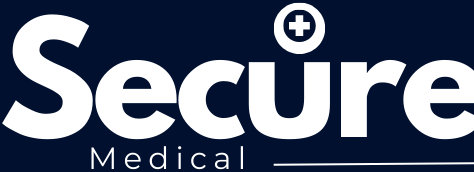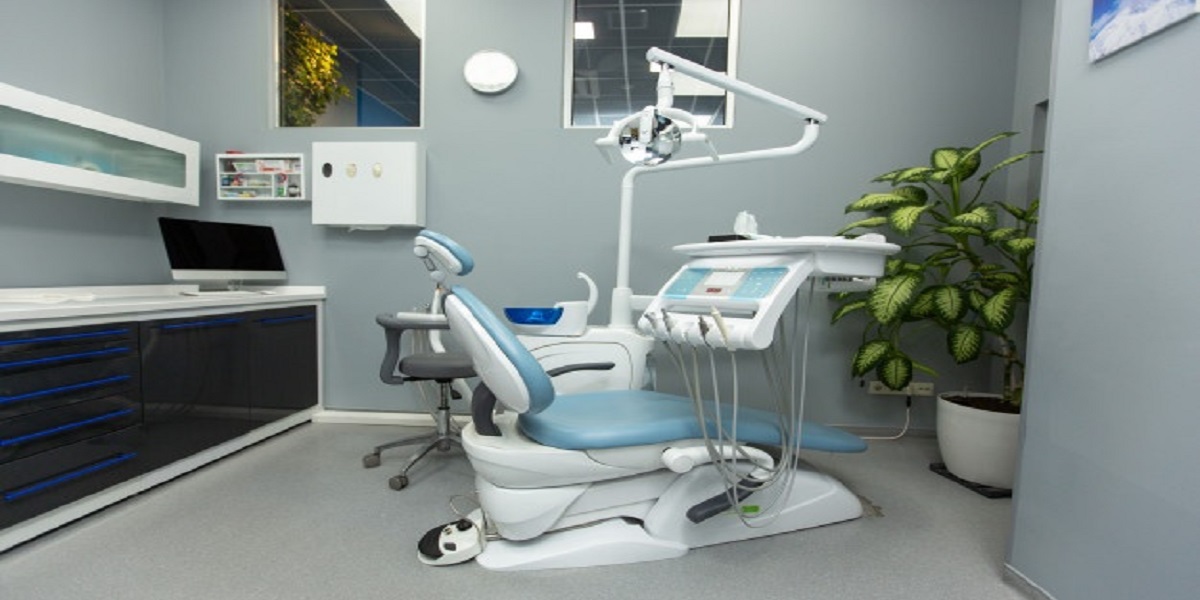In the ever-evolving landscape of healthcare, technological advancements continue to revolutionize patient care. Among these innovations, medical accessories play a crucial role in enhancing diagnostics, treatment, and overall patient experience. From wearable devices to assistive tools, medical accessories offer a diverse array of solutions that empower healthcare professionals and improve outcomes. In this article, we delve into the realm of medical accessories, exploring their significance, applications, and future prospects.
The Significance of Medical Accessories
Medical accessories encompass a broad spectrum of devices and tools designed to complement medical procedures, enhance patient comfort, and streamline healthcare delivery. These accessories serve as invaluable aids for healthcare professionals, augmenting their capabilities and facilitating more accurate diagnoses and treatments. Additionally, medical accessories empower patients by enabling them to actively participate in their healthcare journey, monitor vital signs, and manage chronic conditions more effectively.
Applications in Diagnostics and Monitoring
One of the primary applications of medical accessories is in diagnostics and monitoring. Devices such as pulse oximeters, blood pressure cuffs, and glucose meters provide real-time data that aids in assessing patients’ health status and tracking disease progression. Wearable monitors, including smartwatches and fitness trackers, have gained popularity for their ability to continuously monitor vital signs, physical activity, and sleep patterns, thereby offering valuable insights into overall health and well-being.
Furthermore, advancements in wearable technology have led to the development of innovative diagnostic tools such as portable electrocardiogram (ECG) monitors and mobile ultrasound devices. These compact and user-friendly accessories empower healthcare providers to perform on-the-spot assessments, expedite decision-making, and improve patient outcomes, particularly in emergency situations or remote settings.
Enhancing Treatment Modalities
Medical accessories also play a pivotal role in enhancing treatment modalities across various medical specialties. In rehabilitation and physical therapy, assistive devices such as braces, splints, and prosthetics help patients regain mobility, improve functional abilities, and achieve optimal recovery outcomes. Similarly, advanced surgical accessories, including laparoscopic instruments and robotic surgical tools, enable minimally invasive procedures, resulting in reduced postoperative pain, shorter recovery times, and improved surgical precision.
Moreover, the integration of augmented reality (AR) and virtual reality (VR) accessories in medical education and surgical training has transformed traditional learning approaches. These immersive technologies allow students and healthcare professionals to simulate realistic scenarios, practice complex procedures, and refine their skills in a risk-free environment, ultimately enhancing patient safety and quality of care.
Promoting Patient Engagement and Empowerment
In an era of patient-centered care, medical accessories play a vital role in promoting patient engagement and empowerment. Personal health tracking devices, mobile apps, and patient portals empower individuals to take an active role in managing their health, accessing medical records, and communicating with healthcare providers remotely. By fostering greater transparency and collaboration between patients and providers, these accessories facilitate more personalized and proactive approaches to healthcare delivery.
Furthermore, assistive technologies such as hearing aids, mobility aids, and adaptive communication devices empower individuals with disabilities to lead independent and fulfilling lives. These accessories not only enhance accessibility and inclusion but also contribute to improved quality of life and social participation for people with diverse healthcare needs.

Future Trends and Innovations
As technology continues to advance at a rapid pace, the future of medical accessories holds tremendous promise for further innovation and integration into healthcare systems worldwide. Key trends shaping the future landscape of medical accessories include:
- Wearable Health Tech: Continued advancements in wearable devices, including biosensors, smart fabrics, and implantable sensors, will enable more seamless monitoring of physiological parameters and early detection of health issues.
- Telemedicine Solutions: The integration of medical accessories with telemedicine platforms will facilitate remote patient monitoring, virtual consultations, and telehealth interventions, thereby expanding access to healthcare services and improving patient outcomes, particularly in underserved communities.
- AI-driven Solutions: Artificial intelligence (AI) and machine learning algorithms will play an increasingly prominent role in analyzing vast amounts of healthcare data generated by medical accessories, facilitating personalized treatment recommendations, predictive analytics, and early disease detection.
- 3D Printing Technology: The widespread adoption of 3D printing technology will revolutionize the customization and production of medical accessories, allowing for tailored solutions that meet the unique needs of individual patients while reducing costs and lead times.
Conclusion
Medical accessories represent a cornerstone of modern healthcare, offering a diverse range of solutions that enhance diagnostics, treatment, and patient engagement. From wearable devices and assistive tools to advanced surgical instruments and telemedicine platforms, these accessories continue to drive innovation, improve outcomes, and empower both patients and healthcare providers. As we embrace the opportunities presented by technological advancements, the future holds boundless possibilities for further enhancing the role of medical accessories in delivering patient-centered care and shaping the healthcare landscape for years to come.

